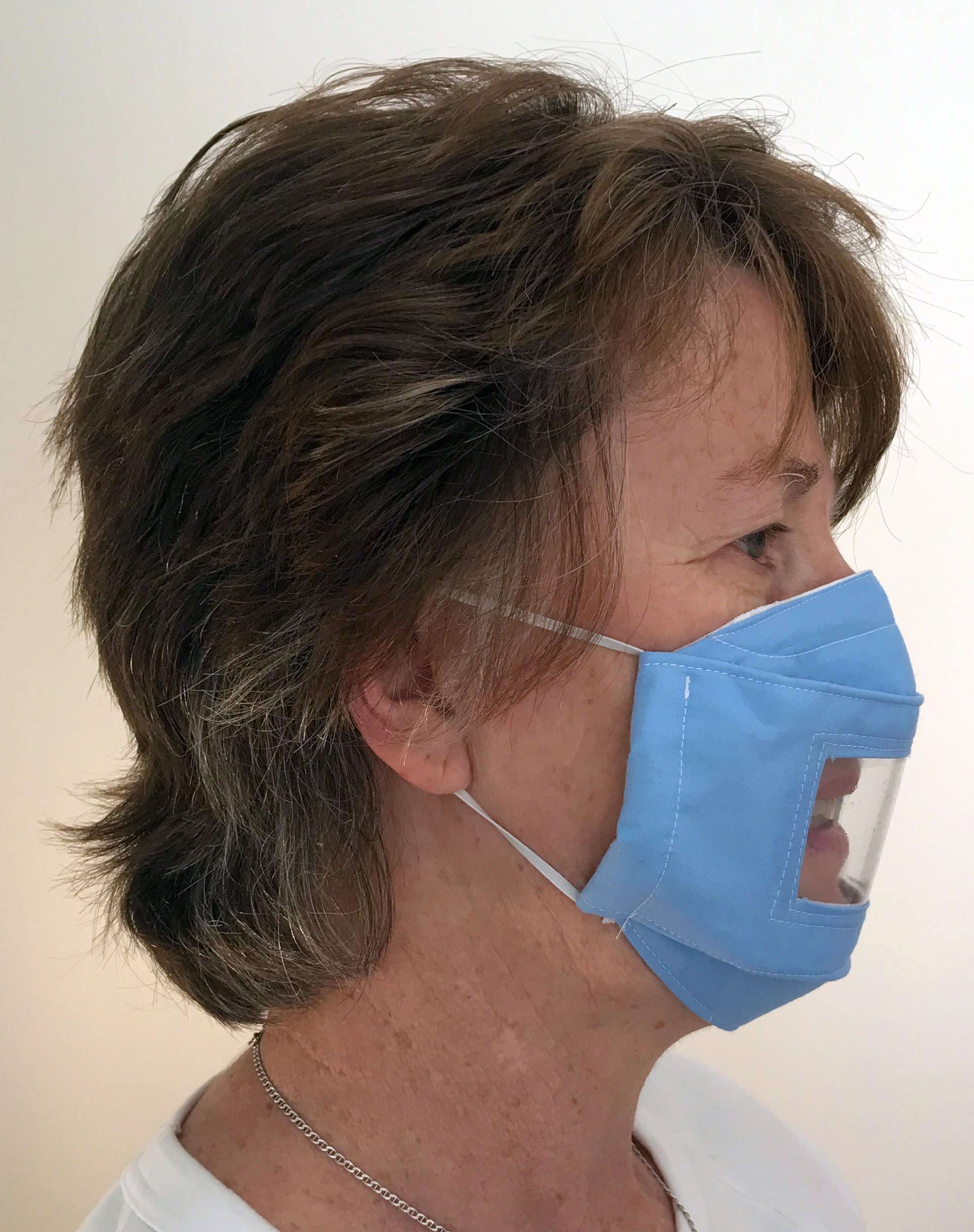


When comparing test results it is important to note the size of the test particles used, as use of a larger particle size will produce a misleading PFE rating.ģ. Although testing is available using a particle size from 0.1 to 5.0 microns, ASTM F2100 specifies that a particle size of 0.1 micron be used. The higher the percentage, the better the mask filtration. PFE (Particulate Filtration Efficiency): PFE measures how well a hospital mask filters sub-micron particles with the expectation that viruses will be filtered in a similar manner. This method is NOT recommended by ASTM for product comparison or evaluating consistency.Ģ. Some manufacturers use the Modified Greene & Vesley method to determine the BFE rating. Moderate and high protection masks must have bacterial filtration rates greater than 98%. In order to be called a medical/surgical mask, a minimum 95% filtration rate is required. ASTM specifies testing with a droplet size of 3.0 microns containing Staph. BFE (Bacterial Filtration Efficiency): BFE measures how well the medical face mask filters out bacteria when challenged with a bacteria-containing aerosol. ASTM F2100 specifies the performance requirements for Medical Face Masks with five basic criteria:ġ. ASTM standards are referenced by the Food and Drug Administration (FDA), as the endorsed standard in the United States.


 0 kommentar(er)
0 kommentar(er)
